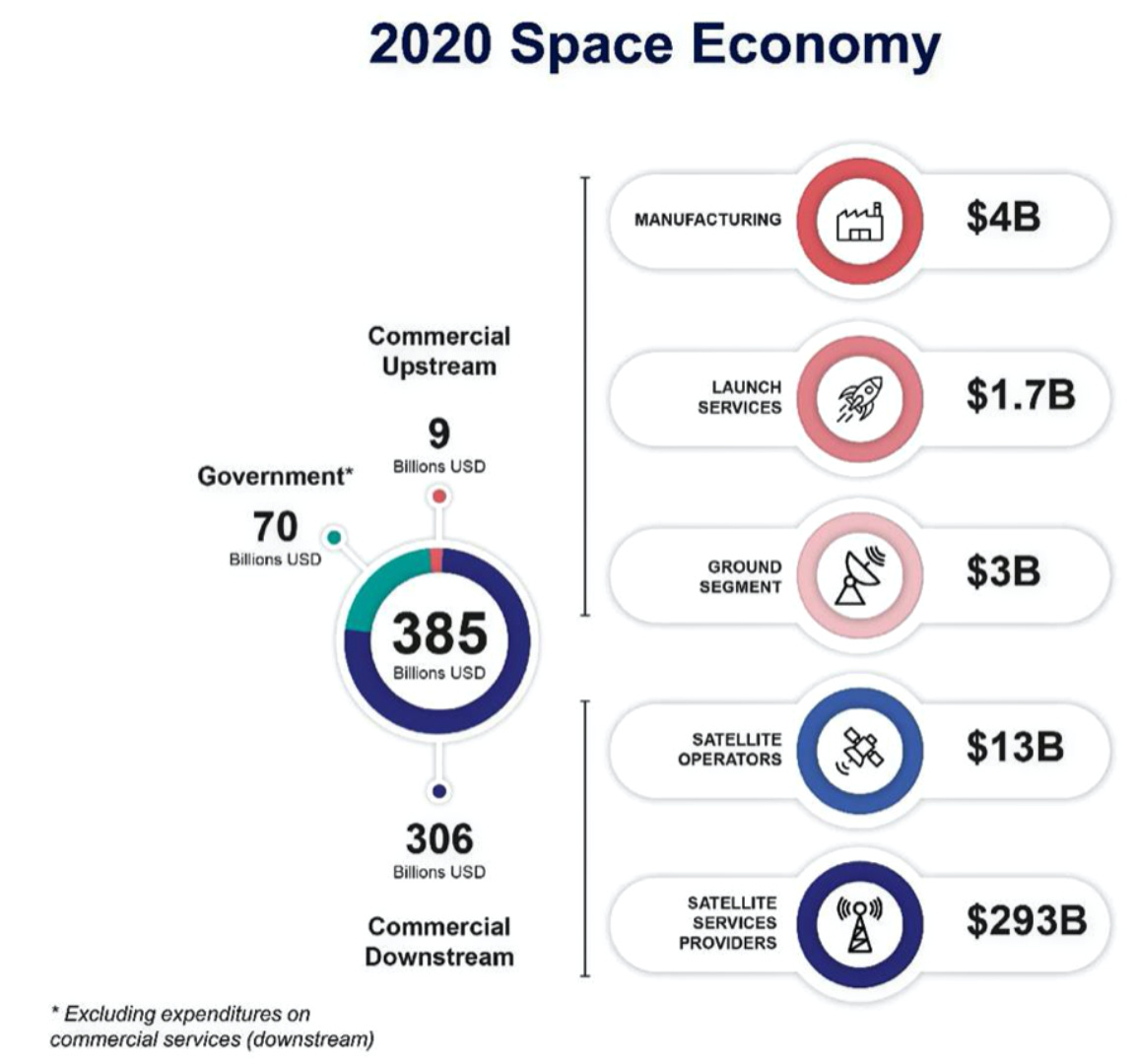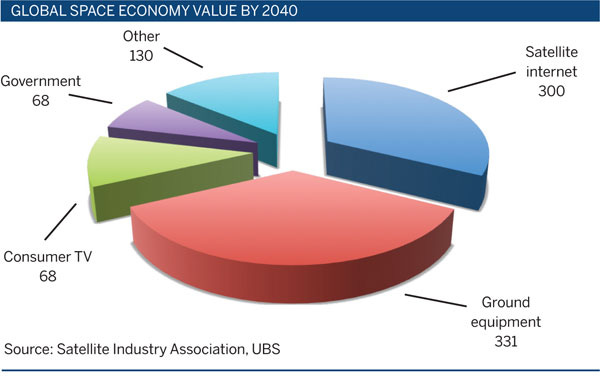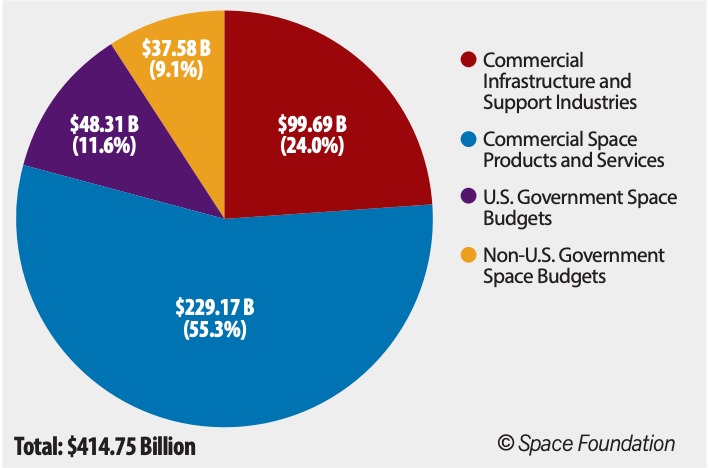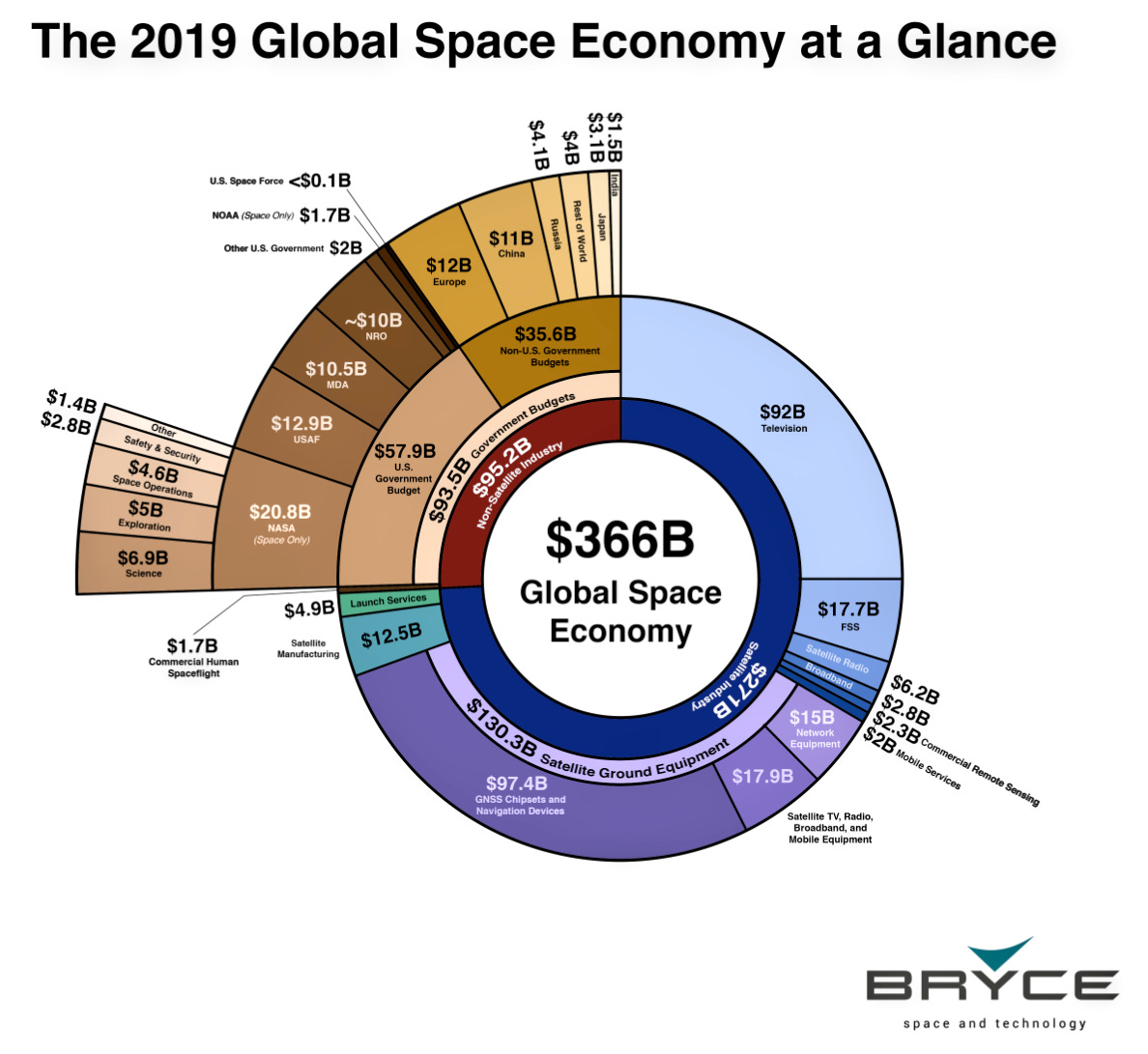Missed Opportunities? Space and the Human Body

Class Introspection
As I’m in the final few semesters for my “Commercial Enterprise in Space” Master’s in Science degree (two more classes–yay!), it’s useful for me to look at the classes I’ve taken and think. The following are all the classes required to earn that degree:
- New Venture Development
- Leading in the Technology-Oriented Enterprise
- Commercial Enterprise in Space Capstone
- National Security Issues in Space
- International Law and Treaties in Space
- Commercial Enterprise in Space
- The Management of Engineering and Technology/Tech & Business Strategy
- Management of Innovation
- Introduction to Space Systems
- Human Space Systems
- Spacecraft Environment
- Spaceflight Human Physiology
They’ve all been interesting, but some classes are reviews for me, such as space systems, national security issues, and space environment. On the other hand, the business-focused ones–new venture development, management of innovation, and tech & business strategy–have been fascinating. Those classes remind students that 1) technology is supposed to help make things better for us monkeys, 2) creativity is essential for technology innovations, 3) the best innovation resource is the monkey (human) mind, and 4) the monkey mind can be at its most creative when it’s in an atmosphere that encourages creativity.
Also, as a personally important lesson learned: 5) I’m not crazy (at least not in the management sense). I thought I was for a very long time since I experienced work environment and management dysfunctions in every organization I worked for. For a long while, I thought I was the crazy person with unreasonable work expectations. I witnessed people who should know better instigate toxic workplace behavior and instill subordinate compliance. Those business and management classes helped me understand that I wasn’t as insane as I initially thought.
Mind the Gap
One class, however, made me realize there’s a large, Earth-sized gap in all of the analysis, graphs, and forecasts about the global space economy. So, while most readers may be familiar with them, the following are a few examples of the graphics some organizations produce commonly depicting progress in the global space industry.




There is a category missing from all of the above images (and the few hundred other graphics based on them): the human element. Or the impact of the space environment on human physiology. The class, Spaceflight Human Physiology, provided my epiphany. It’s also one of the rare space-focused classes I took that wasn’t a review.
The book for that class, “Fundamentals of Space Medicine” by Gilles Clément, is full of the efforts of space nations (at least through 2005) to learn how humans can survive in space and the impacts of the space environment on the various systems in the human body through various tests. While the book seems thorough, the one type of phrase that seemed to be used throughout the chapters was essentially, “...but, more research needs to be done.” That is not a knock against the author or the book. Rather, it’s just the state of research in that area of space science. My impression from reading that book is that all the tests and observations done so far on the impacts of space on humans are not enough. The sample size of humans that have lived in space is much too small. I asked the doctor teaching the class if this impression was off the mark. He confirmed that it wasn’t.
That small sample size may be evident to a few readers, but it wasn’t to me (until I took the class). But, of course, there are other concerns, too.
People Problems
Keep in mind that the people being tested in space aren’t the average cubicle monkeys of the world. The people the various nations send to space tend to be highly healthy (which may be changing with the Inspiration4 and Axiom missions). Using that health demographic may mean that even whatever data scientists and researchers are learning about humans in space could be skewed because the test subjects are too healthy. It doesn’t invalidate what they’ve learned and will certainly apply if NASA, Russia, and other nations maintain control of who goes into space. But it may be that the data is a little too optimistic about how average human systems, such as the cardiovascular system, respond to microgravity–and, more importantly, how they adjust when returning to Earth’s gravity. One suspects the average couch potato may not recover as rapidly as a fit NASA astronaut after a year in space (but they still should recover).
Other things for humans in space to worry about still require much research: space motion sickness, bone loss, radiation mitigation, noise (it’s noisy on the ISS), keeping fit, atmospheric pressures, etc. Any body function and external element (microgravity, g-forces, radiation) that in some cases literally impact the body seem prime for research.
To be clear, I don’t believe NASA has lost its focus on this–especially with its many studies of how the human body reacts to the space environment. Russia’s researchers have even more information about that topic since that nation pioneered lengthy stays of cosmonauts in Earth’s orbit. Learning about space’s impacts on the human body is one of the primary reasons for the International Space Station’s existence. But nowhere in the way the global space economy is being measured is a category that includes that, except (perhaps) in government expenditures.
It seems like a significant omission.
Give People a Reason
That omission also means that not including some sort of category covering the industry of human space physiology will result in space economy forecasts being well off the mark. The human element in space seems like an enormous business opportunity because there are barely any companies working on it other than with NASA. There are more startups with plans for the newest smallsat launcher than companies working on space medicine. Anything on Earth dealing with the human body–medicines, technology, services, etc.--tend to be lucrative for those companies working in those sectors (trillions of dollars annually already).
As described earlier, the space environment impacts the human body: its heart, fluids, bones, balance, etc. All of those impacts are business opportunities. Wouldn’t startups looking at those opportunities be well-placed if some plans for human spaceflight move forward? The revenues of the terrestrial human physiology-oriented companies indicate there’s an existing and profitable market for helping humans deal with the challenges of disease, aging, and more. An existing market catered to by slow-moving large companies seems prime for disruption by nimble (theoretically) space startups. But those space startups’ plans only work once there are enough people in space. They need a large sample size of people to get a decent idea of some of the changes that occur to them as they stay and work in space long term.
How to get enough people into space is the crux of the problem. There needs to be a reason to get more people in space besides science and human curiosity. That reason would then spur more of most of what the space industry is already getting better at–launch, communications, human spaceflight, etc. The reason needs to be a good one for the first thousand or so “settlers” because, as noted, there are many unknown impacts of space on a human body in the long term. Even the known risks aren’t anything to sneeze at. Another consideration: spaceflight itself needs to be cheaper. Most of the world’s population can’t even imagine what $50 million is, much less blow it on a short trip to space.
What could that reason be? I suppose anything that encourages people to colonize Mars (although I’m still not clear of the reasons for that, aside from a particular businessman’s mumblings of survival). It may be there will eventually be enough satellites in orbit that a few crewed orbital service stations are necessary. But, like the prospectors of the Klondike Gold Rush, the reason to go to space must be balanced with: those individuals willing to risk their lives; the fortunes from perceived payback; the ability to outfit and get to space while paying reasonable rates; and the basics of surviving in space (which are still being researched). Once those individuals are out there, then maybe, just maybe, others follow.
Aside from a few space companies, there aren’t many that have publicly expressed interest in getting humans to space. Most of the newer space companies seem to be going in the opposite direction necessary to get people to space. Instead of larger rockets, current companies seem to be focusing on less capable, smaller rockets. Instead of vehicles that can transport people, most spacecraft manufactured today transport miniaturized circuitry. Those who offer transportation only do so on what seems to be useless suborbital roller-coaster-style rides. Instead of looking past geosynchronous orbit, most companies operate spacecraft pointed at the Earth.
It’s not wrong that these companies pursue their business plans. Some of those newer space companies are providing valuable services and data. But their focus seems to indicate that their activities are simpler than anything dealing with squishy humans. In the long term, perhaps their growing experience in the space industry will provide them the confidence to move on to larger, more far-seeing, projects.
There is, however, a feedback loop that may also be discouraging companies from considering stepping into the field of space’s impacts on humans. Until then, the world will rely on NASA and its ilk to sponsor spinoffs, as in the past. But that’s like getting sporadic drips from a faucet instead of turning the handle for a steady stream. Those drips will be why those global space economy charts won’t display that category's revenues anytime soon.




Comments ()